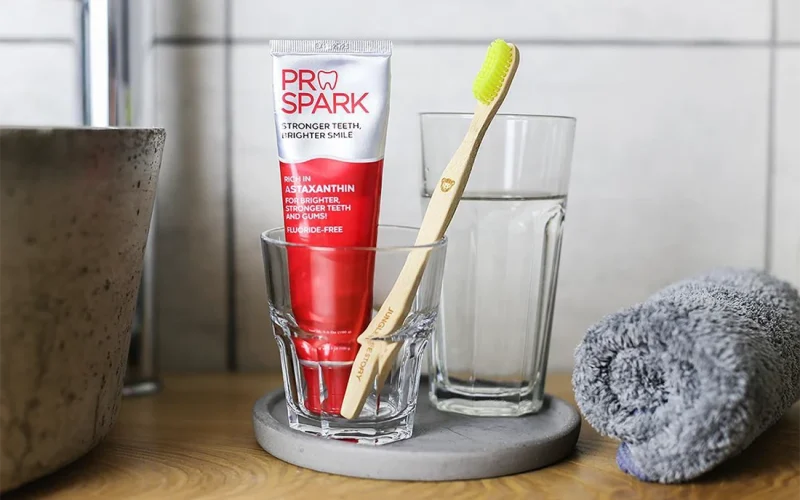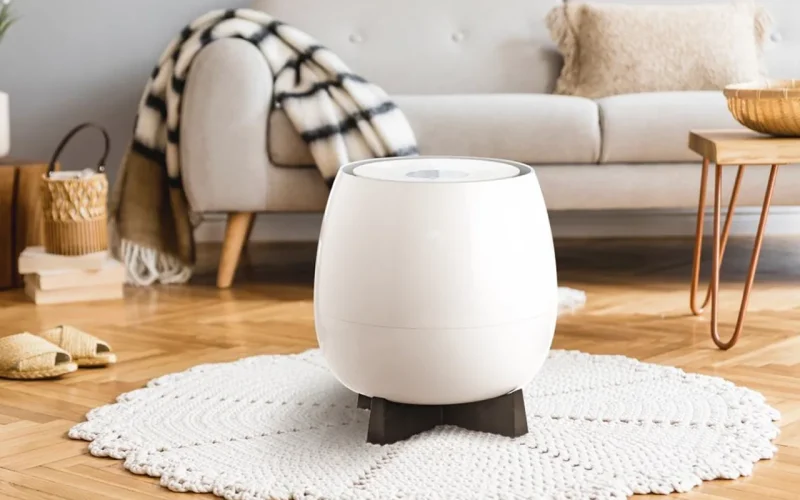How clean is the water that flows from our kitchen taps? A new interactive map answers this question for the first time and reveals surprising differences between the regions of France.
The environmental organization Générations Futures and the Data for Good network have collected and processed official measurement data on pollutants in drinking water and made it available online. Citizens can now check for any address whether and to what extent the tap water supplied there is contaminated.
From pesticides to PFAS: invisible dangers in glass
The analysis included data on a large number of substances that are regularly detected in drinking water: Pesticides and their degradation products, so-called “eternal pollutants”, nitrates, perchlorate and vinyl chloride monomer. Many of these substances are suspected of being harmful to health in the long term and yet most people hardly know what is actually in their water.
Although the French authorities are obliged to regularly inform the public about water quality, access to this information often remains difficult. The new map closes this information gap and shows where the legal limits have been exceeded over the past five years.
Transparency instead of silence
In the summer, the European Commission called on France to finally make the “mandatory information” on drinking water quality accessible. As the government has not yet responded, the two organizations took the initiative. The result is a freely accessible, data-based map that not only provides information but is also intended to raise awareness.
The map distinguishes between quality limits (which can indicate a potential hazard if exceeded) and health limits, which represent an actual risk in the event of chronic pollution. Municipalities whose water does not meet the quality standards may only distribute it for a limited period of time, up to a maximum of six years, including a possible extension.
Knowledge creates action – and clean water
With this project, Générations Futures and Data for Good are demonstrating how important open data is for environmental protection. But each and every individual can also take action. Anyone who finds out after analyzing their place of residence that the pollution level is higher can take targeted measures to improve their own water quality.
Our Nova water filter offers a practical option. The system of 9 different filters combines modern filter technology with a multi-stage purification process that has been proven to reduce many common residues such as chlorine, heavy metals and pesticides. This significantly improves the quality of tap water in your own household – independently of municipal treatment.
Conclusion
Transparency is the first step towards clean water, technology is the second.
Thanks to the new interactive map, consumers can see for the first time which substances are in their drinking water. Solutions such as our Nova water filter are also a practical way of protecting your own health and that of your family in the long term.
Read the original article from the French newspaper “Le Monde “: https://www.lemonde.fr/planete/article/2025/10/16/une-carte-interactive-inedite-permet-de-connaitre-les-polluants-presents-dans-l-eau-potable-distribuee-a-chaque-adresse_6647091_3244.html






